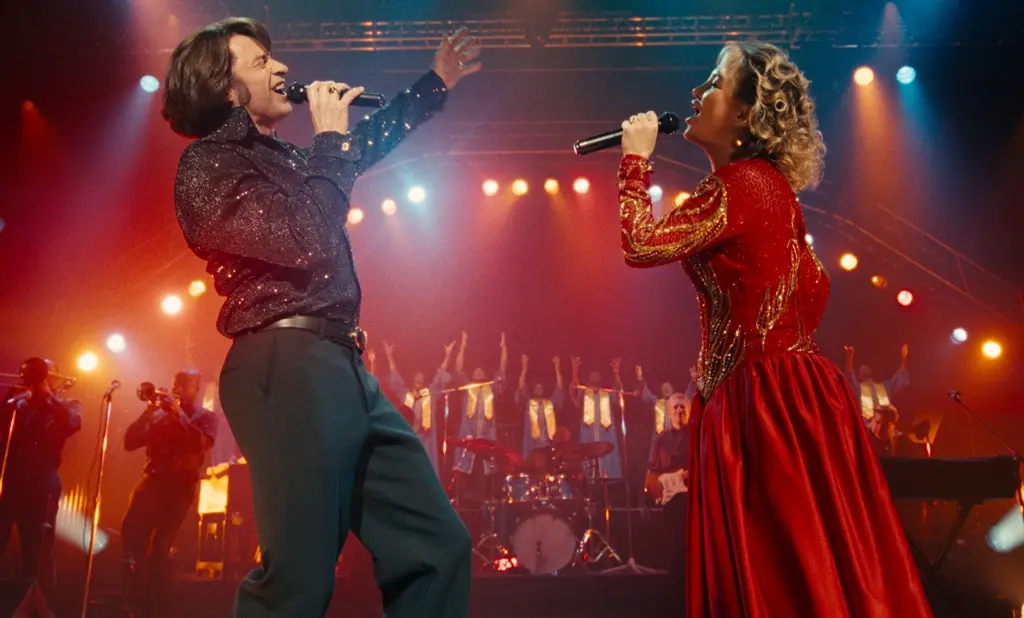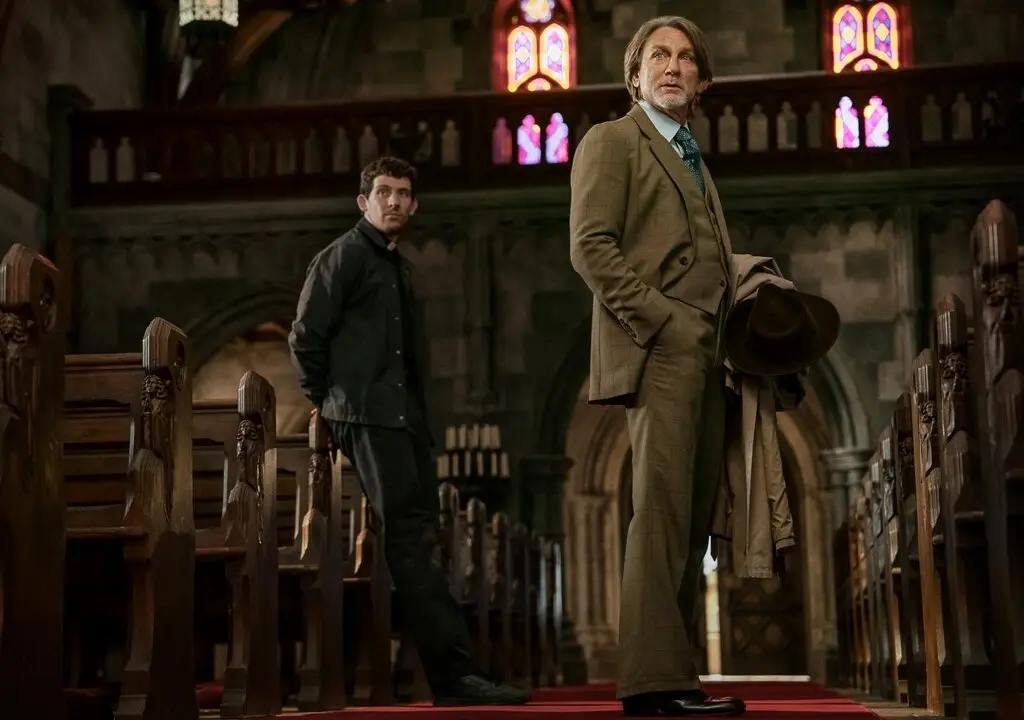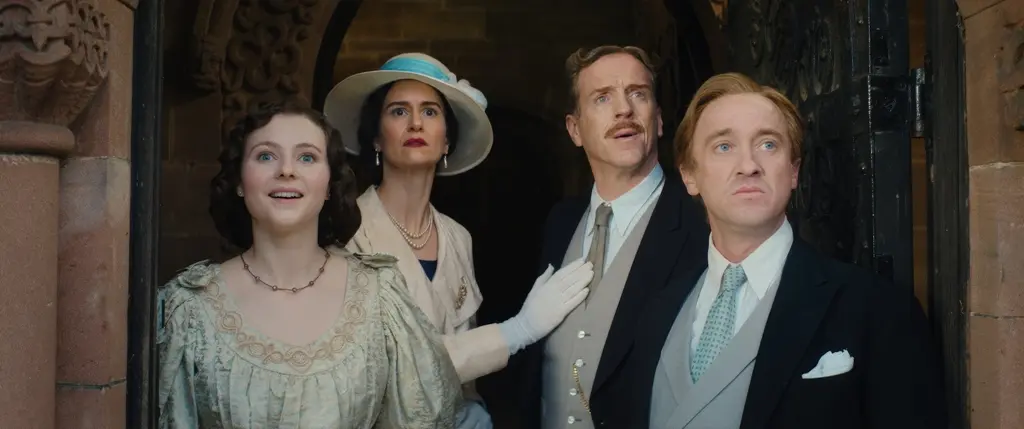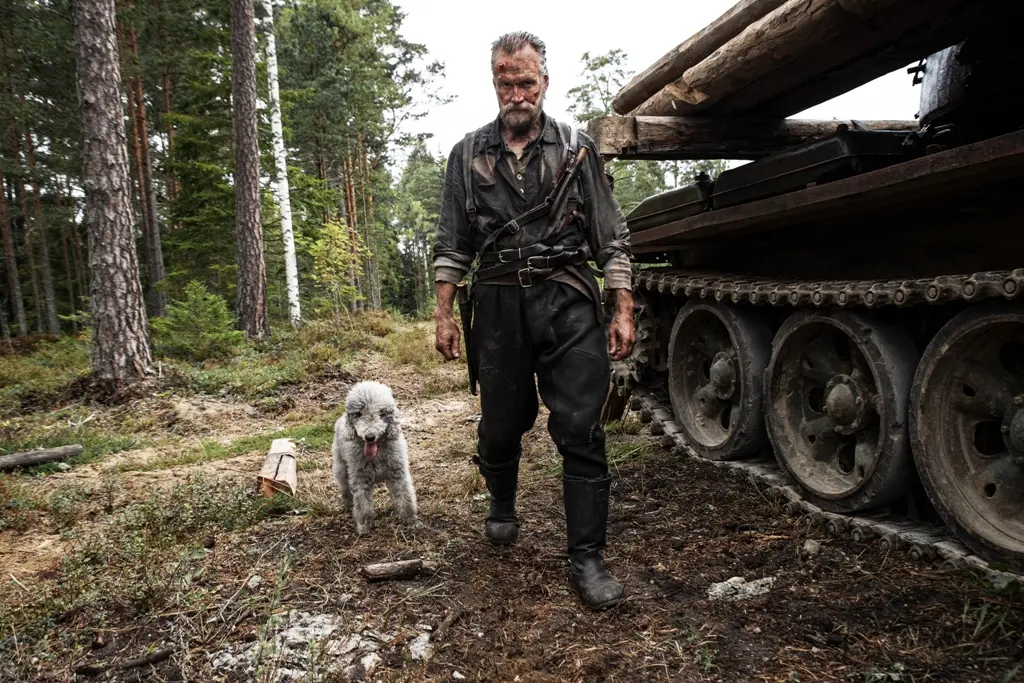When released in April of 2018, “A Quiet Place” came with no high commercial or critical expectations. The studio (Paramount) was reasonably sure it could recoup the modest $20 million budget, yet didn’t screen it for the press until the Wednesday prior to opening day—a time too late for many daily newspapers to cover it.
Film Review of ‘A Quiet Place Part II’: Lightning Strikes Twice for Filmmaker John Krasinski
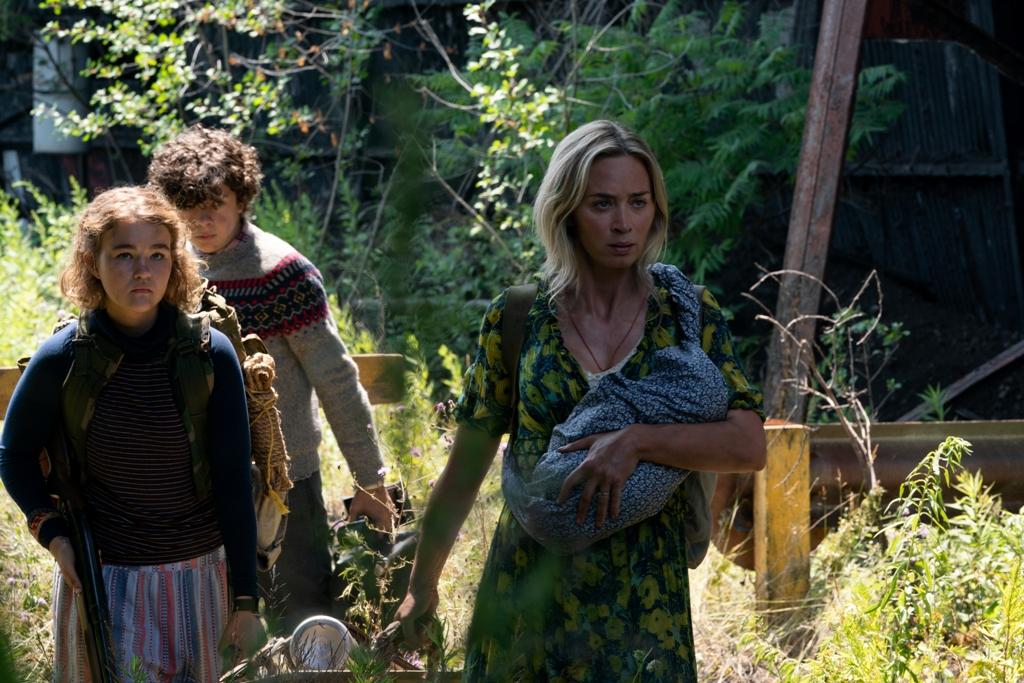
(L–R) Regan Abbott (Millicent Simmons), her younger brother Marcus (Noah Jupe), and their mother, Evelyn, (Emily Blunt) must stay quiet to survive hostile aliens, in “‘A Quiet Place Part II.” Paramount Pictures
|Updated:
Originally from the nation's capital, Michael Clark has provided film content to over 30 print and online media outlets. He co-founded the Atlanta Film Critics Circle in 2017 and is a weekly contributor to the Shannon Burke Show on FloridaManRadio.com. Since 1995, Clark has written over 5,000 movie reviews and film-related articles. He favors dark comedy, thrillers, and documentaries.
Author’s Selected Articles


